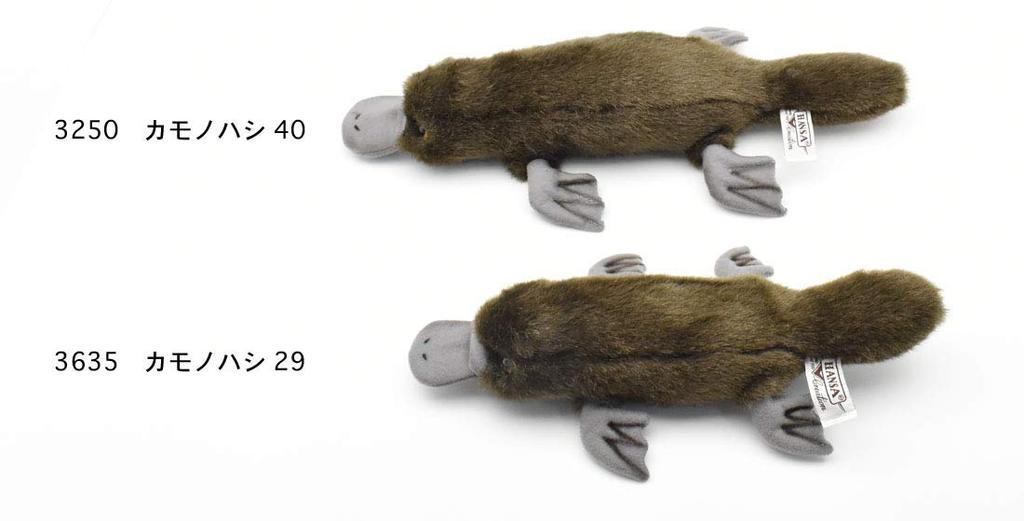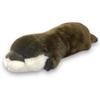【Voltage Compatibility】
When using electrical appliances, please note that they are designed for Japanese voltage specifications (90-110V), so if you use them with a different voltage, it may cause a malfunction.
【Plug Type】
Our products use Japanese plug types (A or B type).
Please use a conversion adapter if necessary.
【Important Note on Transformers and Adapters】
A transformer adjusts voltage to match your device’s requirements.
A conversion adapter only changes the plug shape and does not adjust voltage.
Using only a conversion adapter without a transformer may result in damage to the product.
【Liability】
We are not responsible for malfunctions or damages caused by improper use, such as operating the product without a transformer.
Product Type:Realistic stuffed animal toys
Animal: Platypus
About HANSA: Founded in Australia in 1972, HANSA has been researching various creatures, mainly animals that live on Earth, and producing stuffed animals that are realistically reproduced down to the smallest detail. All HANSA products are manufactured in our own 12,000 square meter factory in the Philippines, without using any subcontractors, in order to meet the required quality standards. We work with museums, environmental protection organizations, and educational institutions to convey the importance of protecting the world's animals and the environment.
[What kind of stuffed animals are HANSA?] They are manufactured using high technology to reproduce animals that live on Earth, from familiar pets, animals that everyone knows and are kept in zoos, local endemic species, dinosaurs that lived in ancient times, extinct species, and creatures from the fantasy world, from palm-sized small animals to life-sized stuffed animals such as a 4.8m giraffe. They have contracts with international inspection agencies and issue inspection certificates for each product.
[Why realistic stuffed animals?] The reason why HANSA continues to make realistic stuffed animals is because of our philosophy of environmental conservation, which is to let the next generation of children know not only what animals distributed around the world look like and what their ecology is, but also the fact that the impact of human beings, such as deforestation and environmental pollution, is taking away the habitats of animals.

































